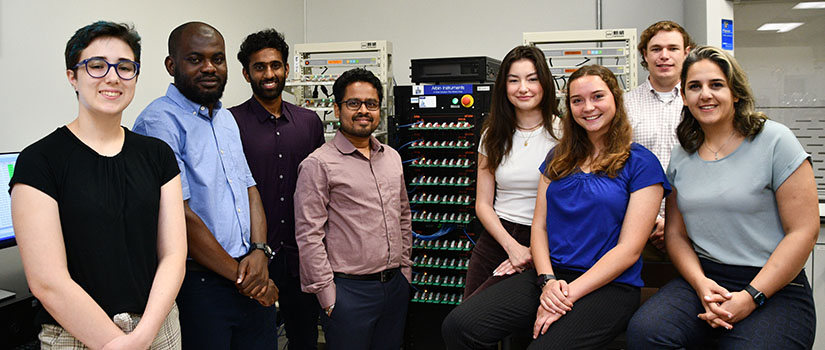Dedicated GPUs are forecast to become increasingly prevalent in automotive instrument clusters and infotainment systems, according to IMS Research.

Dedicated graphics processing units (GPUs) are forecast to become increasingly prevalent in automotive instrument clusters and infotainment systems according to IMS Research, recently acquired by IHS Inc. This uptake of technology and the associated silicon will drive semiconductor revenue growth, with the combined instrument cluster and infotainment semiconductor market reaching an estimated $8 billion by 2018, according to the leading automotive semiconductor study, The World Market for Semiconductors in OEM Automotive Electronic Systems – 2012 Edition.
There is a trend towards more liquid crystal display (LCD) screens for infotainment head units and purely digital instrument clusters as production costs decrease. Some vehicle original equipment manufacturers (OEMs) are choosing dedicated GPUs to display complex images like Google Earth Live or 3D representations of the vehicle on the instrument cluster. Around the GPU, there will be other silicon including 32-bit microcontrollers, light-emitting diodes (LEDs), etc.
NVIDIA’s Tegra platform is already found in some premium vehicles, to provide dedicated graphics processing. “The Tegra platform is a complete SoC which uses an embedded ARM CPU with a GeForce GPU for audio, video and imaging; making it a whole multimedia centre,” explains IMS Research automotive market analyst, Ben Scott.
Consumer habits and opinions are also driving this trend. “There is a huge demand for vehicle manufacturers to recreate the experiences that consumers receive from their phones. This fast multimedia experience with interactivity and apps is something that requires significant processor horsepower,” adds Scott.
These types of GPUs are expected to move into C-segment vehicles within the next five years, but are quite costly to the OEM. However, these highly powerful SoCs can also be used for driver assistance, negating the need for a field-programmable gate array (FPGA), for example, which saves cost.



